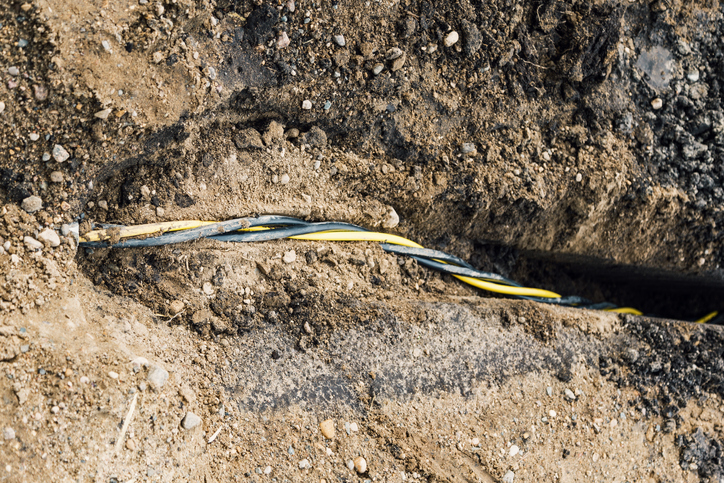Over the years, underground cable lines have opened up new possibilities for various utilities and features keeping above ground clear for business, homes, and extensive land for agriculture. When you think of an underground cable, you’re probably imagining this deep, long hole in the ground that fits the line that needs to be filled in. In some cases this is true, but it’s not the only way to install them. There are several installation methods depending on what it’s for and where it needs to go. The two main methods are open-cut and no-dig. Here is a breakdown of the two and why their methods vary.
Open-Cut Method
● Direct burial is the most common method, and usually, the more affordable option. The area will be dug up wide and deep enough to fit the cables and the surface is replaced. Unfortunately, this method can be tricky to maintain. Each time the cable needs maintenance it needs to be dug up. There’s also a higher chance of physical damage because the cables are exposed underground.

● Semi-direct burial uses an HDPE conduit to protect the cables. Installation is the same as direct burial, but the cables have more protection. The conduit is installed and the cables are threaded through. This will also make any damaged cables easier to repair.
● Concrete encased duct banks are another semi-direct burial method. The difference is that instead of an HDPE conduit, a concrete encasement is built around the duct back. This adds even more protection for the cables.
No-Dig Method
● Horizontal directional drilling uses a special drill machine that’s great for areas like a street or a driveway that you don’t want to dig up. This machine digs deep into the ground to create a hole underneath the area. After that, an HDPE conduit is threaded through with the new cable. No major digging is needed, but this method does cost more to complete.
● Pipe jacking uses a hydraulic pipe jacking machine that pushes the soil out of the hole with a large steel pipe. A conduit with the cables inside is fed through the new spot and the rest of the space is filled in with mortar to keep the conduit protected.


Leave A Comment